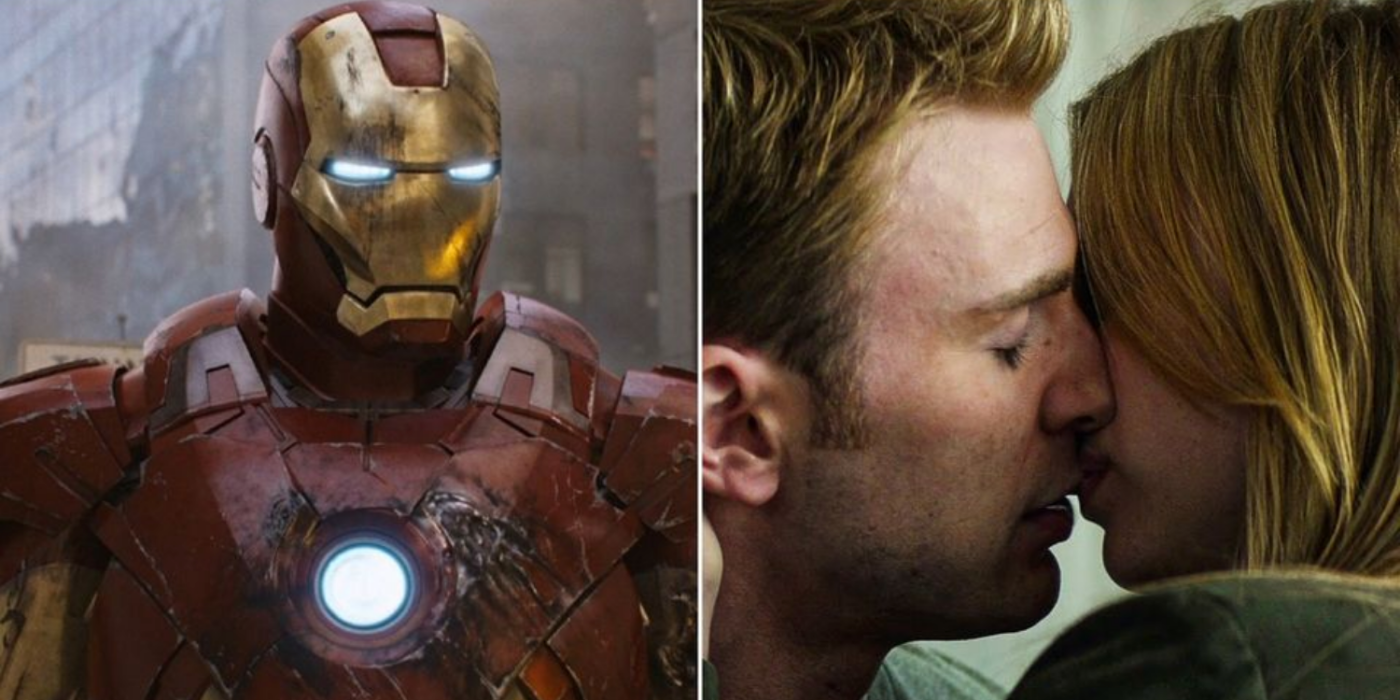
After over two decades of films in the Marvel Cinematic Universe, there are bound to be more than a few tropes and clichés that pop up in multiple movies within the franchise. Some of these clichés, like Stan Lee’s cameo appearances, have only become more and more beloved with time.
However, many of these clichés simply don’t make sense within the context of the MCU. They might occasionally be fun tropes for the viewers to watch, but even then, after a while, these clichés simply get tiring. The problem with many of these MCU clichés is that they don’t exactly hold up when the franchise’s films are rewatched. Ultimately, these clichés simply don’t make any sense in the MCU.
10 Huge Action-Packed Fights That Just Become A Blurry Soup
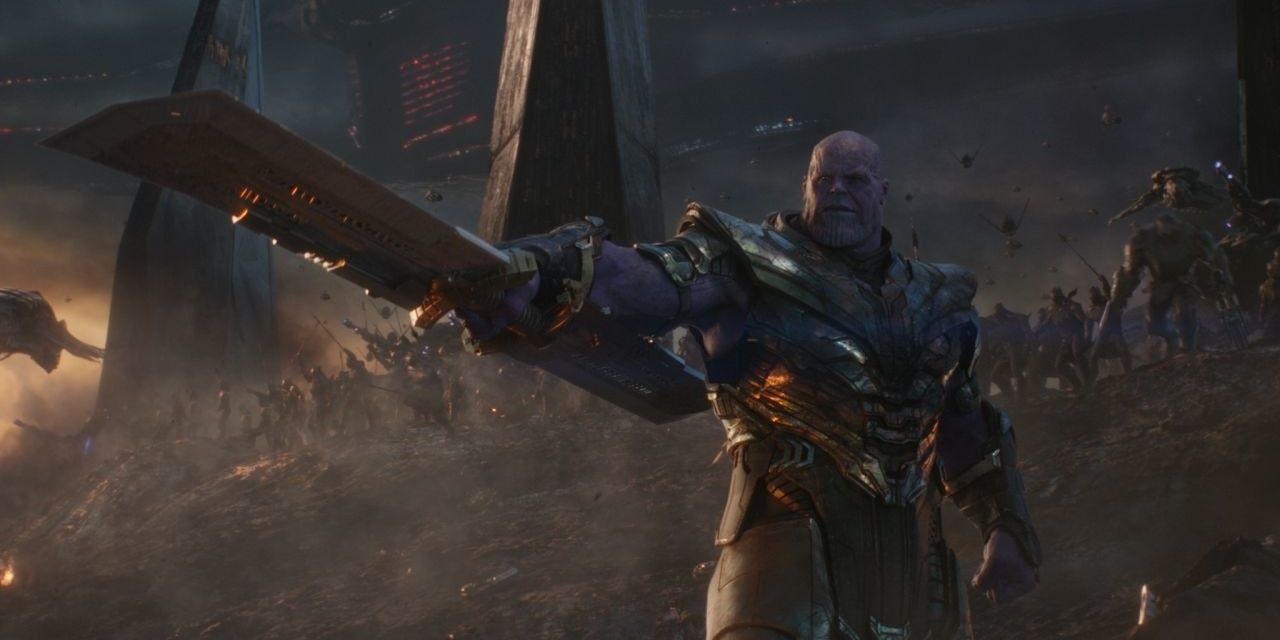
Even from the very beginning, fights in the MCU have been heavily animated with CGI. The franchise infrequently uses practical effects and, when it does, there is often still some level of CGI being used, be it for technological advancements on weaponry used in the fight or for destruction and property damage in the background of the fight.
Fights that Iron Man or The Hulk are involved in are most frequently guilty of this cliché, but fights featuring many Avengers members are just as responsible for contributing to this nonsensical problem.
9 The Villain Exactly Matches The Hero Every Time, In Themes & Tech
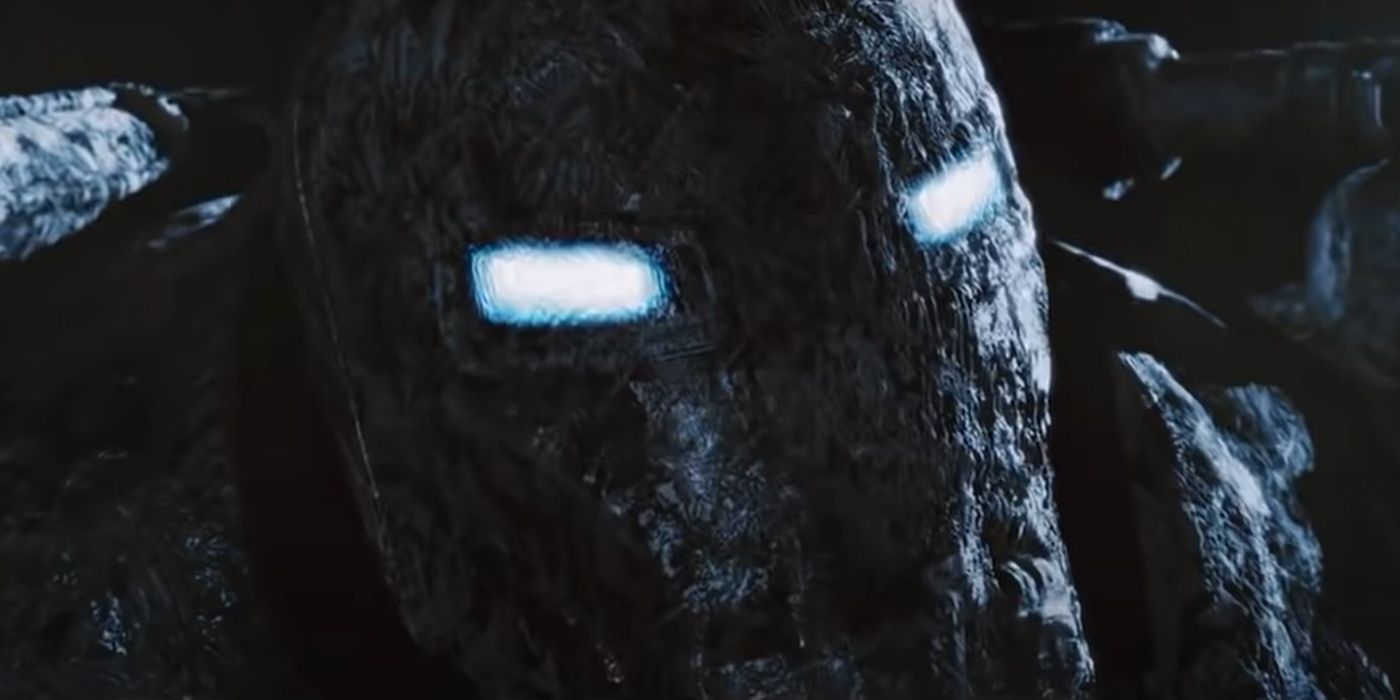
Nearly every hero in the MCU has had their own villain that almost exactly matches their technology, their themes, or their abilities. For example, Iron Man’s first villain was the Iron Monger, basically just another guy with the same tech in a different Stark tech Iron suit.
Similarly, Hulk was introduced with the Abomination, which is just a slightly more messed up Hulk. Captain America even has Red Skull and the Winter Soldier, both variants on his own story and abilities. Ant-Man faces off against the similarly-named and similarly-equipped Yellowjacket. The examples go on and on; it’s obvious that the MCU can’t stop matching people, which doesn’t make functional sense in canon.
8 Villains Are Frequently Killed Off Just To Tie Up Loose Ends
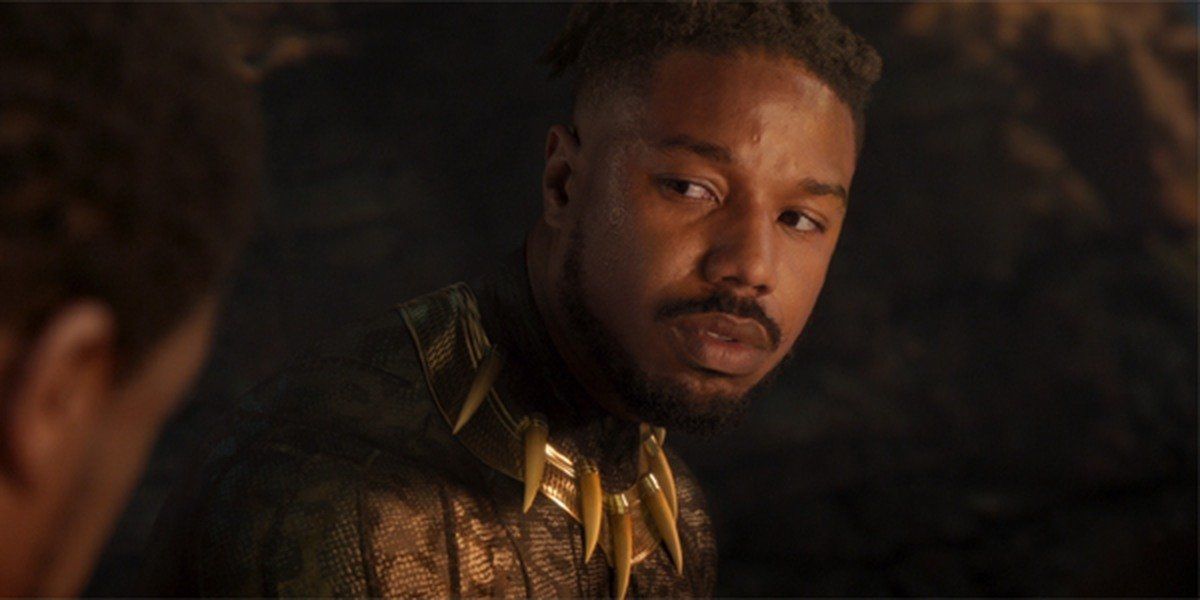
Narratively, the MCU seems to have decided it’s much easier to kill their villains off than actually wrapping up their stories and having them imprisoned and/or moving on after what they did in their movies. While Batman may have Arkham to lock his bad guys up in, it seems the MCU didn’t want to deal with anything like that.
Only villains like the Winter Soldier, Vulture, or Zemo are left alive at the ends of their stories. The main exception to this rule, it seems, could be Loki, but he even falls into his own weird cliché that doesn’t make sense: he can always come back to life, even if it’s exclusively plot armor that saved his life.
7 Side Characters Often Completely Disappear From The Franchise
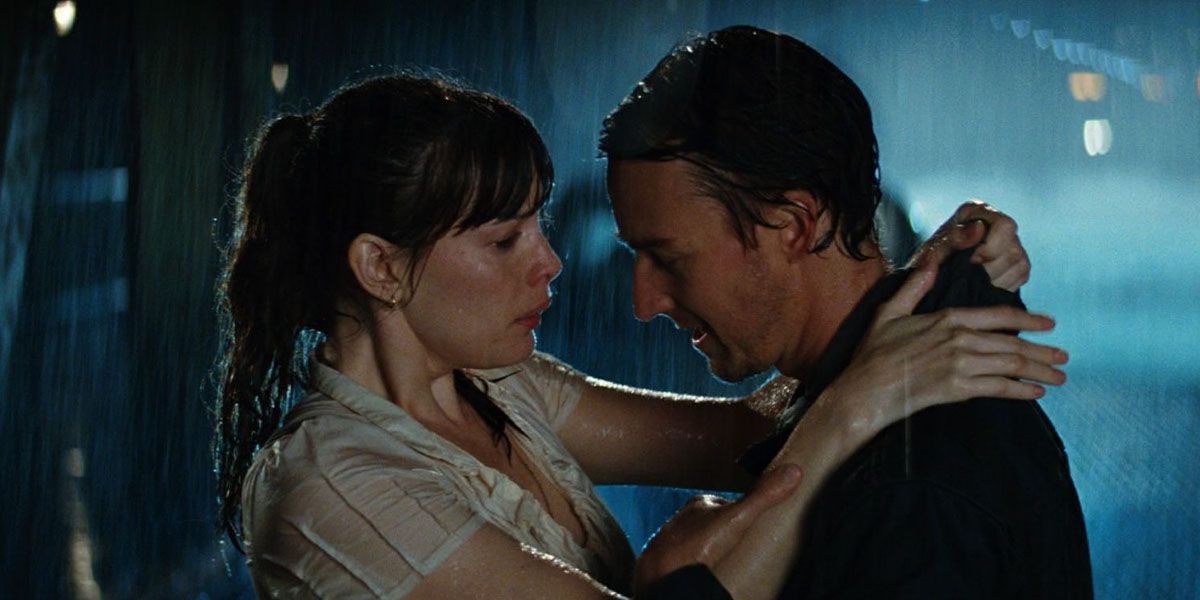
Similarly to how the MCU gets rid of its villains so it doesn’t have to worry about them anymore, the franchise sweeps side characters under the rug frequently. Apparently, the MCU hopes that fans will just forget about some of the more minor characters playing smaller roles in the heroes’ lives.
Characters like Jane Foster, who disappeared between movies, and Betty Ross, who vanished altogether without another mention, have become victims of this weird cliché. Even more, it seems that women are more frequently forgotten than male characters; others like Dr. Cho and Lady Sif have similarly just disappeared from the MCU.
6 Everyone Has Issues With Their Parents — Usually Their Fathers
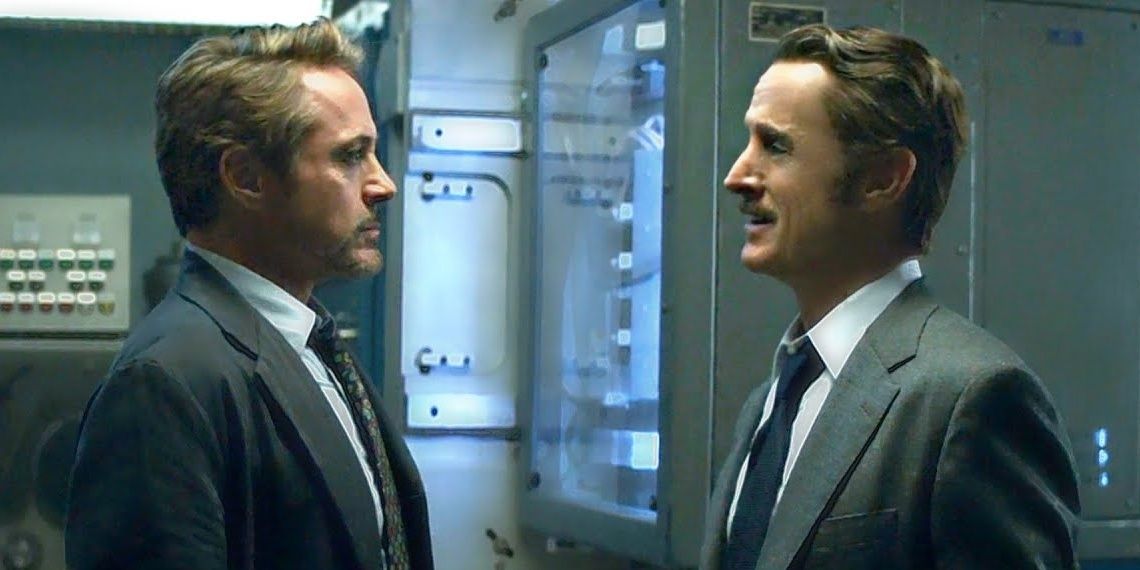
As each hero is introduced to the MCU, fans are left wondering if having issues with one’s parents is inexplicably a prerequisite to become an Avenger. It seems that the only one of the Avengers without real issues around parenting, and even dads specifically, was Steve Rogers, and he even gets wrapped up in Tony Stark’s daddy issues.
Thor, Loki, Tony, Peter Quill, Peter Parker, Scott Lang — all of these characters somehow have issues centered around dads specifically. In addition, the mothers in the MCU are either not present, dead, or dying. A parent is not long for this world in any Disney property, and it seems the same is true through the MCU.
5 The Heroes Will Inevitably Turn On Each Other Halfway Through
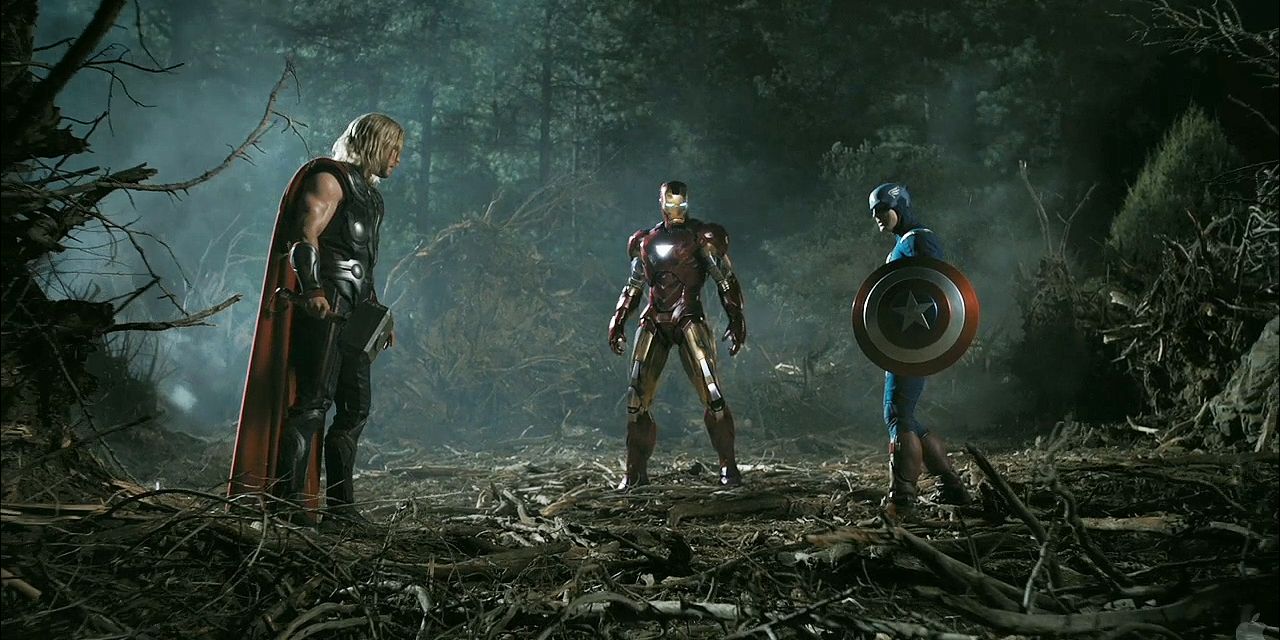
No matter what, if a bunch of heroes is going to team up somewhere in the MCU, they will end up fighting each other at some point as they learn how to be a team. Thor, Tony, and Steve fought each other the second they met, and actually actively continued fighting through most of the movie. Later on, the Avengers fight before pretty much every huge team battle they have.
Even when the MCU made its way onto the small screen and united the Defenders on Netflix, the teammates all fought each other before they got their acts together. While it can be a reliable formula to get a team to trust each other, they don’t necessarily need to punch one another to get to that point. They can just talk, like normal people.
4 Heroes Losing Their Iconic Items To Symbolize Growth, Usually In Their Third Movie, Just To Walk Back On It
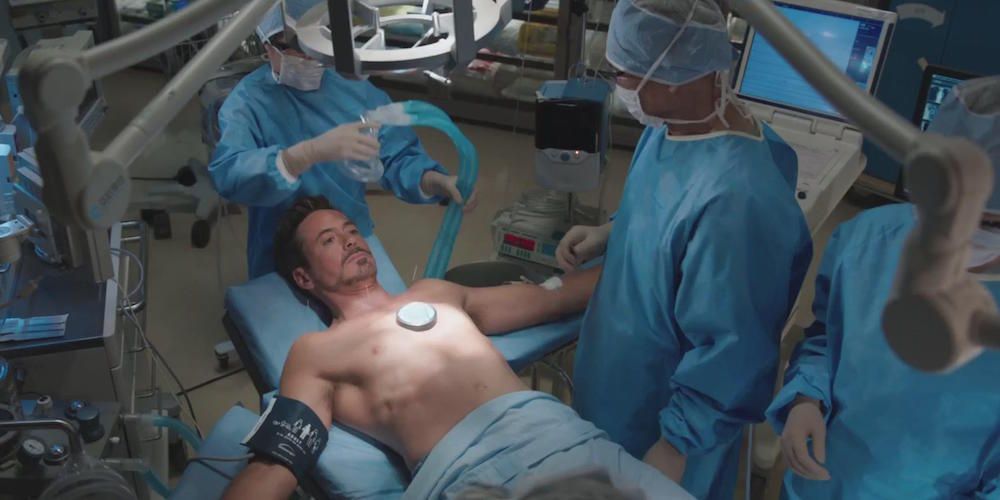
Each of the heroes in the Infinity Saga who got their own trilogy — Iron Man, Captain America, and Thor — saw the same ending to their story. Each hero chose to release their iconic weapon or item in order to move on from something they feel was in their past, to symbolize their growth.
Tony Stark destroyed his Iron Man suits and had his arc reactor removed; Steve Rogers left his shield behind after his fight with Iron Man; Thor had Mjolnir wrecked and learned he was not the god of hammers. However, despite the fact that each hero had this happen, each of them had this walked back on them. If it’s going to be done, the least the franchise could do would be to commit to the story.
3 Trying Too Hard To Trick Viewers With Overly Complicated Plots
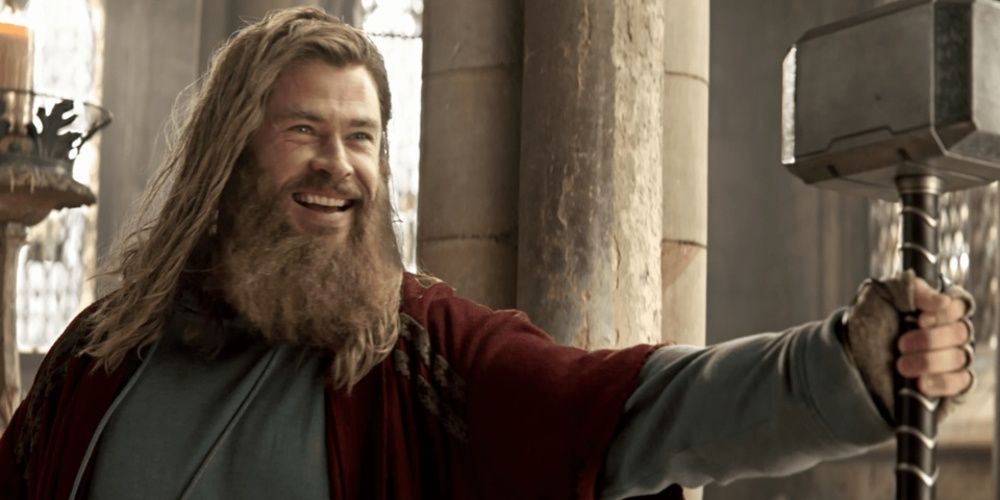
Over the years, it has become apparent that the creators working within the MCU seem to think they’re making a good movie if viewers can’t guess what’s going to happen. However, this is pretty much the opposite of the truth. If a story is set up so well that fans can accurately theorize and predict where a story might go, then it’s likely a clue that the narrative is going well.
As more and more movies come into the franchise, the MCU has started trying to become unnecessarily complicated, making complex plots that twist and turn for no good reason just to trick people. This isn’t clever, though the MCU seems to think so, but is actually weak writing.
2 The Post-Credits Scene Are Far Too Involved In The Movies’ Plots
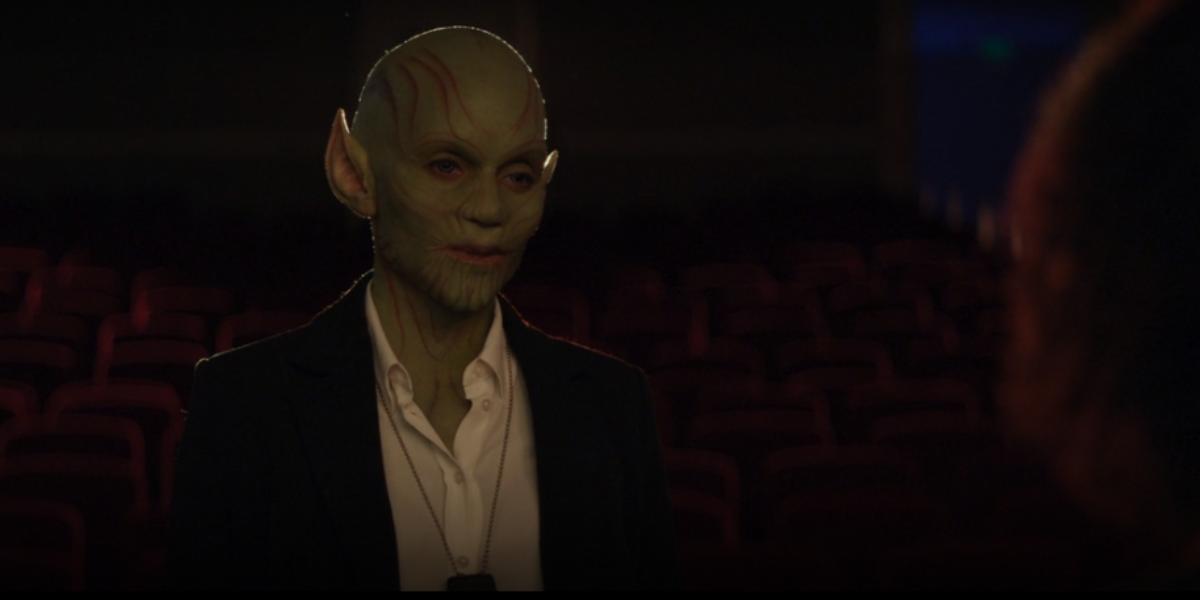
Part of what made the post-credits scenes so exciting in the first movies in the MCU was getting extra information after the movie. The plot had wrapped up, and now there would be a little bonus scene maybe bridging between two movies, or giving viewers a fun little Easter egg to see. However, over time, the MCU post-credits scenes have started just being a part of the movie.
Rather than the film actually ending when it ends, the post-credits scenes have become just like a part of the movie, which negates the entire original purpose of having these scenes in the first place. It doesn’t exactly make sense to have scenes after the movie if you refuse to actually end the movie before those scenes take place.
1 Forced Heterosexual Romantic Relationships In Every Movie
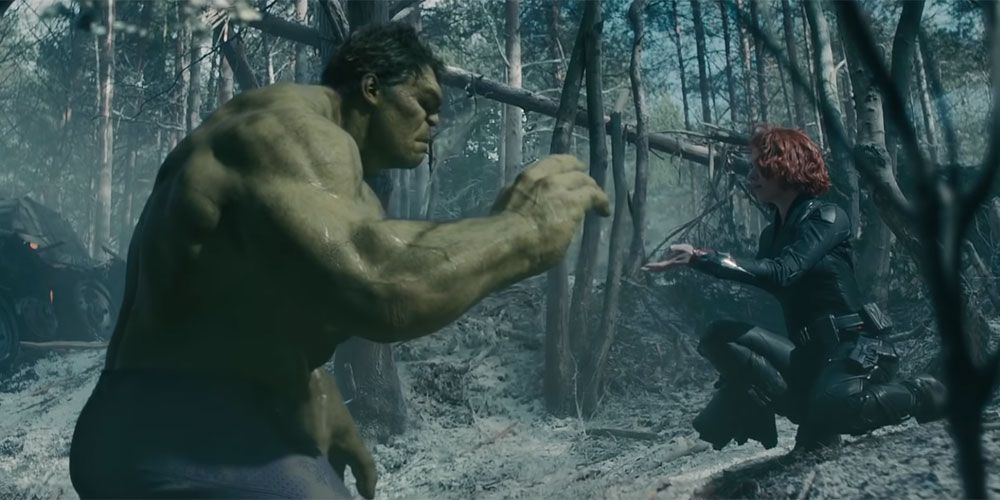
Every character in the MCU has been forced to endure a heterosexual romantic relationship at some point in their story, whether or not it actually made sense for them to be in this relationship. Characters like Tony Stark make sense with Pepper Potts, but this is arguably the exception that proves the rule. Thor and Jane Foster always felt forced, even from the get-go.
Steve Rogers was forcibly paired with Peggy Carter; then, when she was deemed too old for him, he was forced to be with her niece, Sharon Carter, instead. Bruce Banner and Natasha Romanoff were even infamously strong-armed into a flat and listless relationship in Avengers: Age of Ultron, while Clint Barton had his own weird wife nobody knew about. The MCU has a problem with forcing straight relationships — and just forcing romantic relationships in general where there don’t need to be any — while ignoring the perfectly good dynamics already existing between characters.
0 Comments